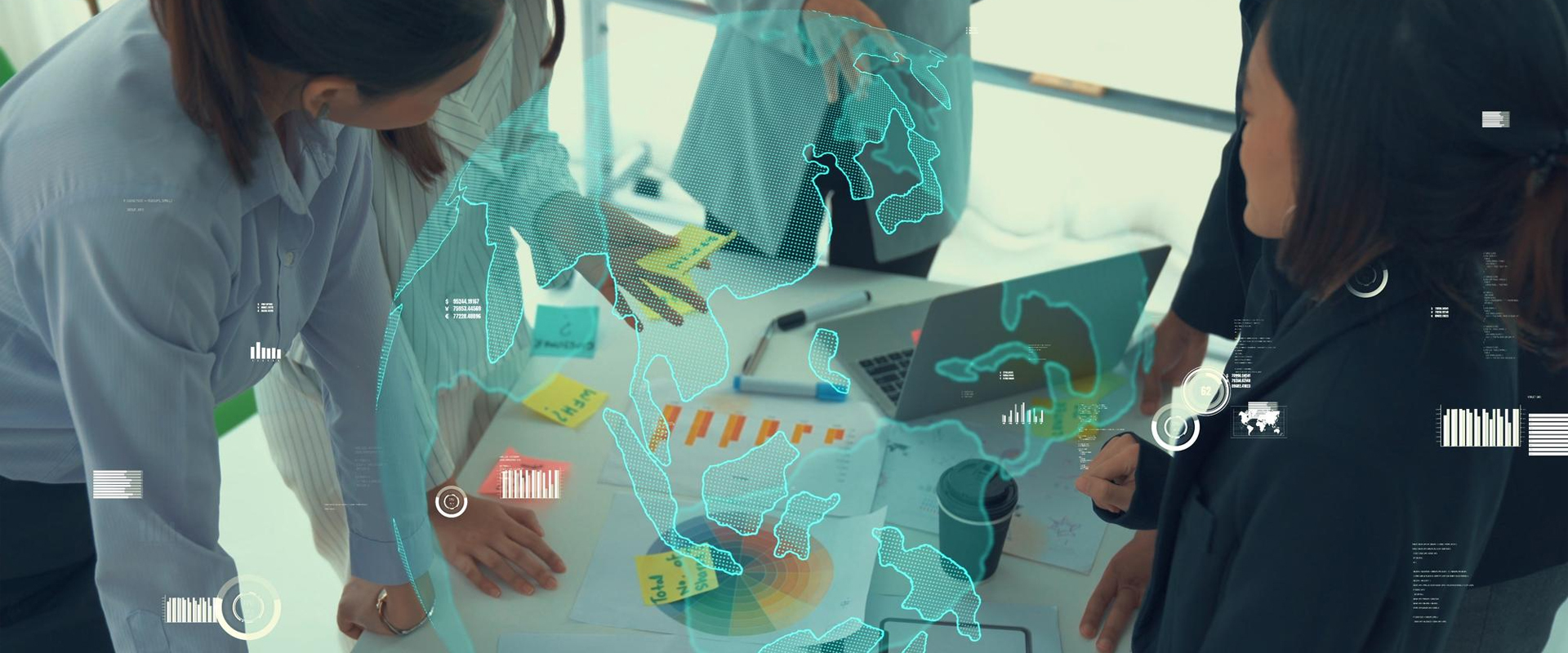Last Updated on January 3, 2025
Clinical Trial Protocol: Overview
A Clinical Trial Protocol is a detailed document covering every aspect of a clinical research study. It is a written document that serves as a study guide to ensure every step is followed consistently by the study team and performed as intended. A protocol undergoes IRB (Institutional Review Board) approval and is essential to the research proposal submitted for funding. Once the study completes, a protocol serves as a valuable tool for writing a manuscript.
This blog entails a brief overview of what is a clinical trial protocol, who uses clinical trial protocol software, and when to use clinical trial protocol solutions.
What is a Clinical Trial Protocol?
An essential component of conducting a clinical trial is, to begin with, the development of a Good Clinical Practice-compliant protocol. According to the ICH Good Clinical Practice (GCP) guidelines, a Clinical Trial protocol should include the following table of contents:
- Title Page
- Background Information
- Objectives
- Study Design
- Selection and Exclusion of Subjects
- Treatment of Subjects
- Assessment of Efficacy
- Assessment of Safety
- Adverse Events
- Discontinuation of the Study
- Statistics
- Quality Control and Assurance
- Ethics
- Data handling and Recordkeeping
- Publication Policy
- Project Timetable/Flowchart
- References
- Supplements/Appendices
Clinical Trial Protocol Development
What is a clinical trial protocol? Developing a quality clinical trial protocol is an extensive and collaborative task. It requires skilled and experienced contributors to review and ensure the development of a scientifically sound and logistically practicable research protocol.
The first and most essential part of writing a study protocol is to write an outline of the study project based on three major sections:
- Aim
- Background
- Plan of investigation
Each protocol is tailored differently, and the content inside depends on the study design and complexity. A protocol may be anywhere from half a dozen to over a hundred pages long. Protocols less than six pages long rarely contains all that is required. Additionally, as part of the protocol development process, developing a clearly defined research question that is relevant, feasible, and intrigues the investigator is also essential.
Clinical Trial Protocol Solutions
Clinical Trial Protocol solutions entail the application of technology and specialized software applications. It aims to help researchers and trial sponsors create, review, and approve clinical trial protocols and streamline their planning, execution, and management.
Clinical Trial Protocol Solutions may include features such as:
Protocol Solutions:
Software tools are integrated to help researchers and sponsors develop and review clinical trial protocols. Moreover, it helps track and manage the various aspects of the clinical trial protocol, including patient recruitment, data collection, and regulatory compliance. This includes electronic data capture (EDC) and electronic trial master files (eTMF), a clinical trial protocol solution. These tools can help ensure the data is unbiased and error-free. However, the question of when to use a clinical trial protocol solution is answered below.
Collaboration and Communication:
Online portals and software applications enable multiple organizations to collaborate and oversee the development and execution of a clinical trial. This includes features like real-time communication, document sharing, and version control.
Data Analysis and Reporting:
Clinical trial protocol software enables researchers to analyze the data collected during a clinical trial and create reports on the trial results. This can include features like statistical analysis and data visualization.
When to use Clinical Trial Protocol Solutions?
Participant data collection and management is a critical step requiring an eagle’s eye and attention to detail. With the help of electronic data capture (EDC), traditional paper-based data collection methods, which can be time-consuming, error-prone, and difficult to manage, can be replaced.
EDC systems are typically secure, centralized database applications that permit clinical trial investigators and research associates to enter data directly. The system involves built-in checks that generate real-time alerts and notifications for data discrepancies. It can also provide audit trails and other features to ensure data integrity and compliance with regulatory requirements.
In addition, EDC systems can also generate tools to help with data cleaning, coding, and analysis, which might help accelerate data analysis and facilitate data sharing with regulatory authorities and other stakeholders.
Clinical Trial Protocol Software
The use of clinical trial management software (CTMS) has evolved with the advancement in clinical trials to minimize complexity and manage volumes of data. In addition to the cost-effective benefit, clinical trial protocol software allow easy access to centralized data, reducing the number of screening visits and delayed trials.
Alongside patient data management and recruitment, the additive functions offered by the available software include:
- Budgeting
- Compliance with government regulations
- Project management
- Investigator management
- Regulatory compliance
Who uses Clinical Trial Protocol Software?
Clinical Trial Protocol software is a centralized platform for planning, conducting, and reporting clinical trials conducted by clinical research organizations and industries such as pharmaceutical and biotechnology. It has become an integral part of data management systems and serves as a second-hand project management tool to streamline clinical research workflow.
The use of clinical trial protocol software is not confined to clinical trials only. With an increase in population and a growing need for operational management, its use is increasing in hospitals and research institutes, enclosing data from study startups to closeouts.
Purpose of Clinical Trial Protocol Software
To strengthen the conduct of clinical trials and ensure their compliance with regulatory requirements and GCP guidelines, the functionality of CTMS includes the following:
Billing compliance:
To support financial and billing operations, CTMS enables automated processes and centralizes tracking of the activities so, they are consistent and conducted in parallel, reducing time, effort, and resources.
Clinical research management:
CTMS facilitates the entire process of clinical trials, from the creation and management of the protocol, site feasibility assessment, recruitment and management of the study participants, monitoring of the study progress, etc.
Integrations:
In addition, clinical trial software facilitates participant data transfer from the clinics, study sites, and other study-related modules for supporting scientific review committee processes.
Accrual reporting and analytics:
It also enables streamlined and efficient data collection, management, and analysis of clinical trial data, including data analysis and electronic data capture (EDC).
Outlook
Clinical research plays a critical role in the investigation of new medical interventions and in improving our understanding of how existing treatments work. Once the intervention is deemed safe, clinical trials are ready to enter phase 1 of the clinical study. Since clinical trials are becoming the need of the hour, access to centralized clinical trial protocol software and accurately developed clinical trial protocol is essential for conducting a clinical trial.







